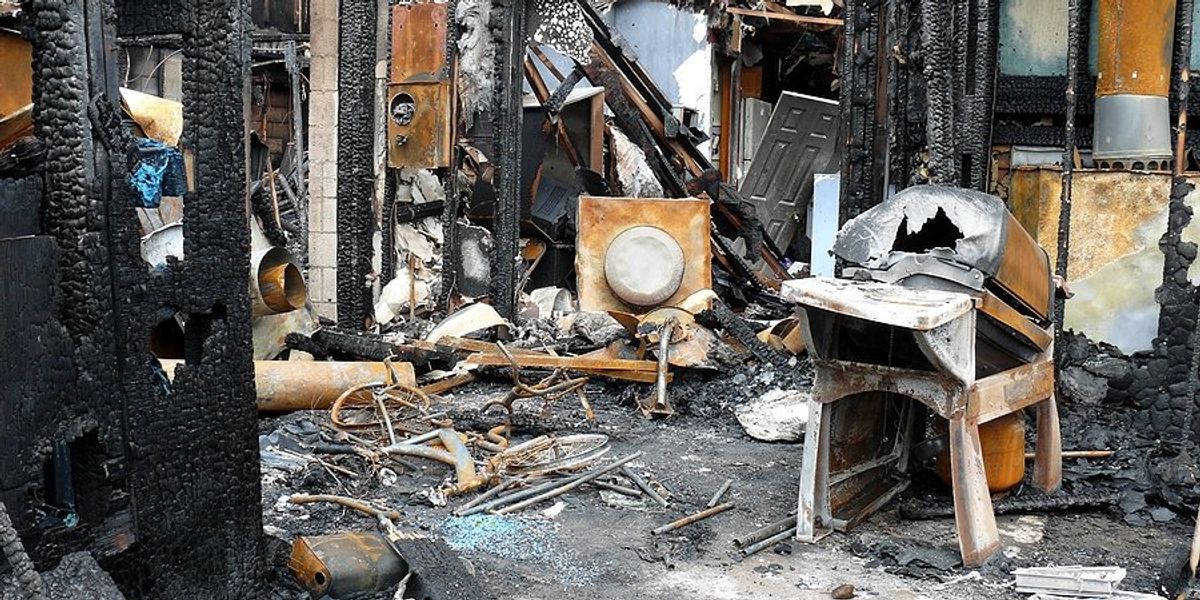10 January
Firefighting chemical raises concerns about environmental toxicity
Planes dropping fire retardant are a critical wildfire defense, but new research highlights concerns about the chemical’s environmental impact due to heavy metals and other pollutants.
Hiroko Tabuchi reports for The New York Times.
In short:
- Fire retardant, often made from salts like ammonium polyphosphate, helps suppress wildfires by coating vegetation to block oxygen.
- A study found that common fire retardants used in California exceeded state hazardous waste limits for heavy metals.
- Federal agencies and manufacturers dispute the findings, citing extensive safety tests, but legal and environmental scrutiny continues.
Why this matters:
As wildfires increase due to climate change, the growing reliance on chemical retardants may worsen air and water pollution. Health risks from exposure to heavy metals and wildfire smoke add to the burden, raising questions about balancing fire suppression with environmental safety.
Related EHN coverage: We’re dumping loads of retardant chemicals to fight wildfires. What does it mean for wildlife?













